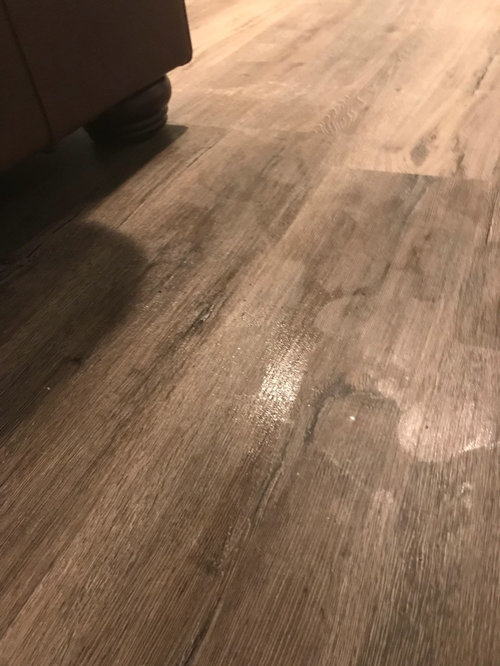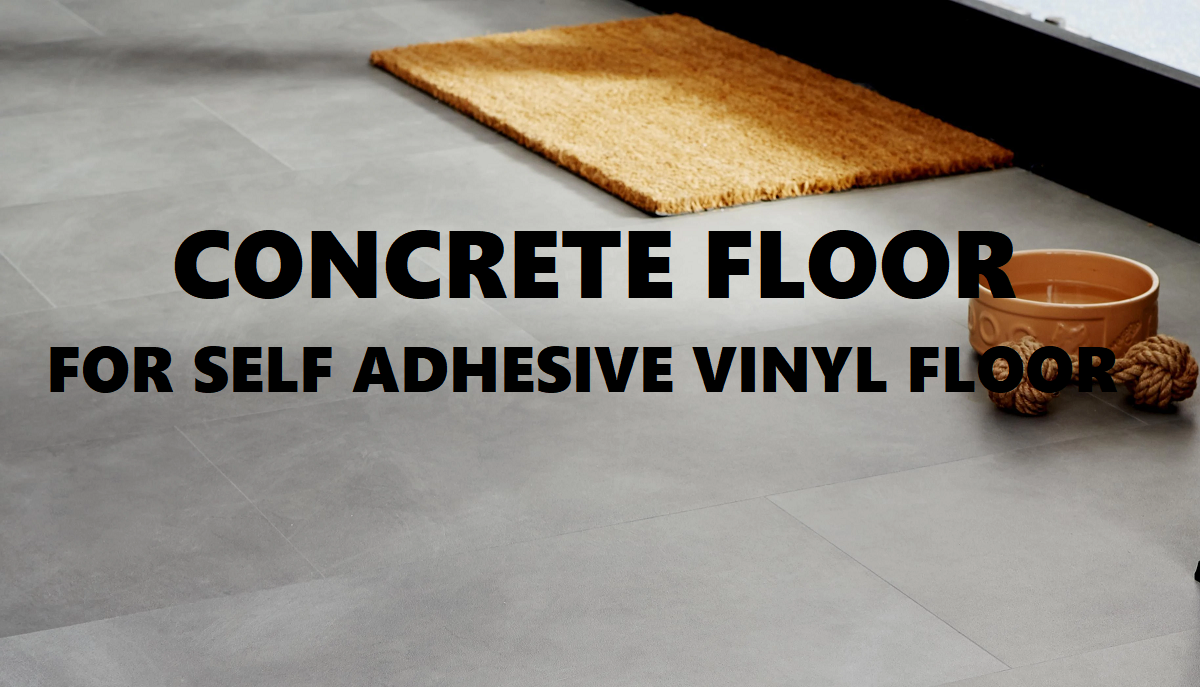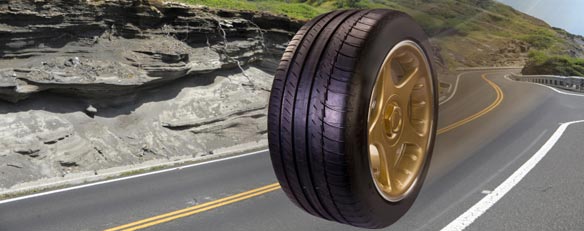Concrete slabs and floors can be excellent subfloor surfaces for tile and other floor coverings but too much moisture in the concrete can cause problems with flooring installations.
Acceptable moisture content in concrete for vinyl flooring.
The typically accepted concrete moisture testing methods for installing flooring are the calcium chloride test and the in situ relative humidity test.
Moisture particularly in a concrete slab can come from a number of sources.
When you install hardwood laminate or vinyl flooring over a concrete subfloor one of the most important steps to take to ensure the lasting beauty and stability of your floors is moisture testing.
Flooring installers check the moisture level of concrete at the time of installation.
What are the acceptable moisture levels in concrete.
Unfortunately i am unaware of the concrete moisture scale you are referring to when you state 32.
Thanks for the questions.
Acceptable moisture levels in concrete according to astm standard when testing via astm f2170 the rh level of a concrete slab needs to be at or below 75 unless the flooring system manufacturer provides alternate guidelines.
Before you lay the first plank you must ensure that the moisture level in the concrete subfloor is low enough that it will not affect your flooring.
Ensure by testing that dry flooring is applied to dry substrates.
Moisture prior to installing rubber and or vinyl flooring.
The point of moisture testing is to establish when the new flooring and substrate is actually ready for installation or the need to reschedule the work until conditions are acceptable in other words.
Therefore it s advisable to have a floor tested for moisture content prior to installing flooring or moisture barriers.
Installation should involve thoroughly preparing the concrete subfloor and checking for any water sources that might infiltrate the vinyl.










